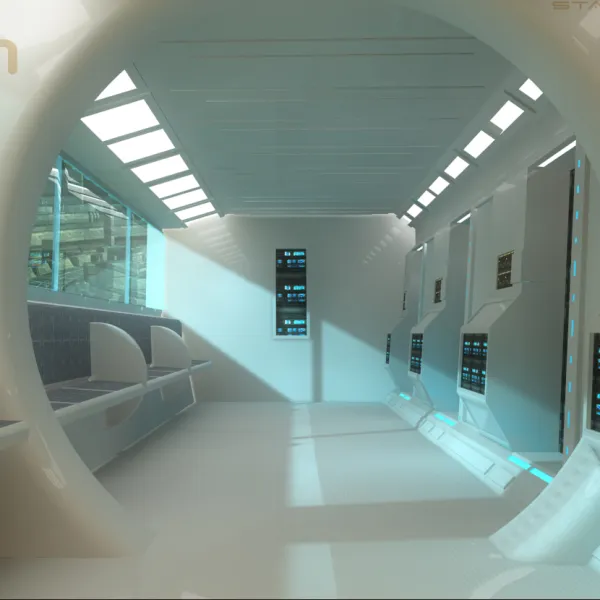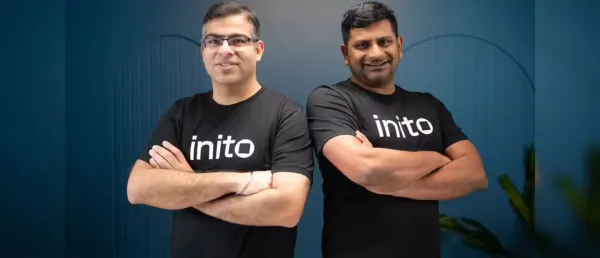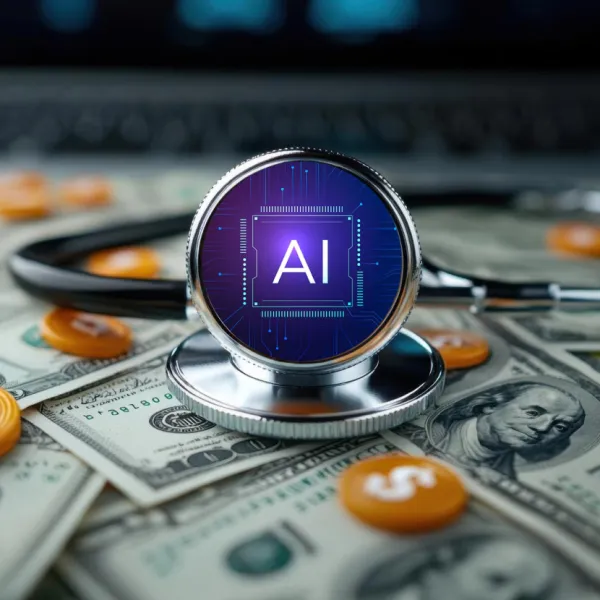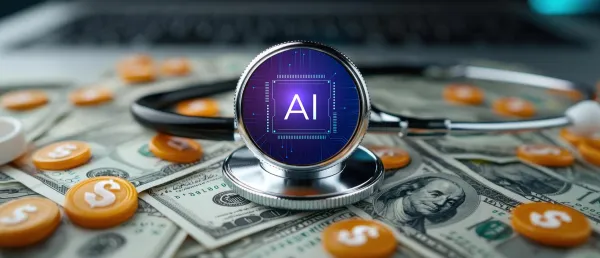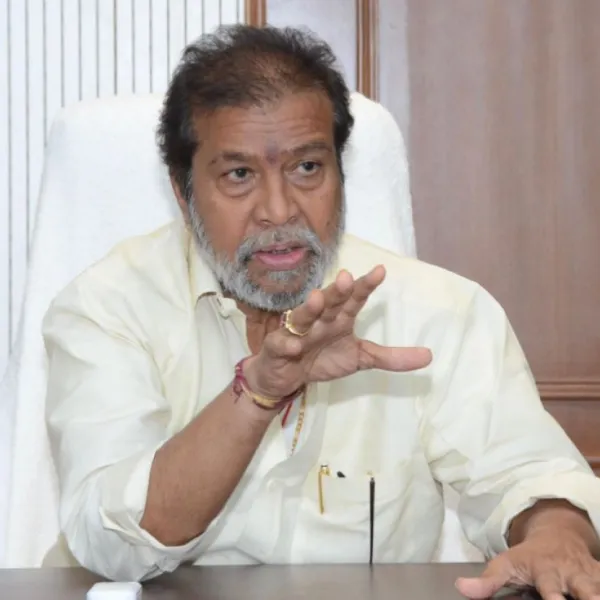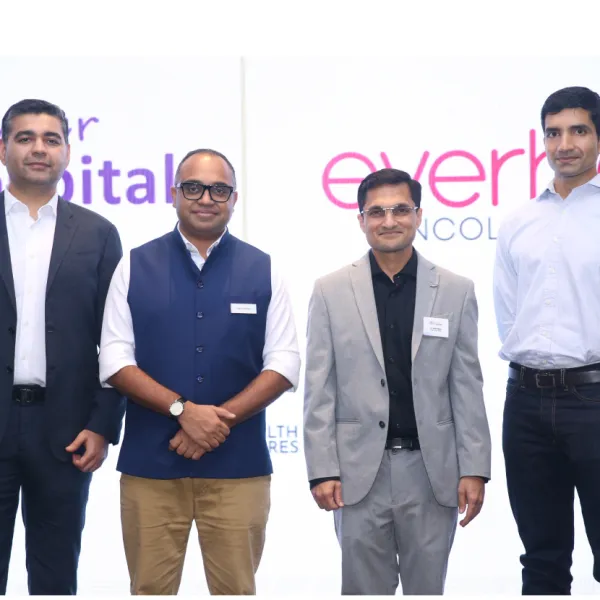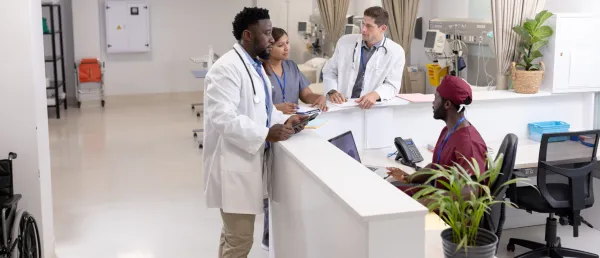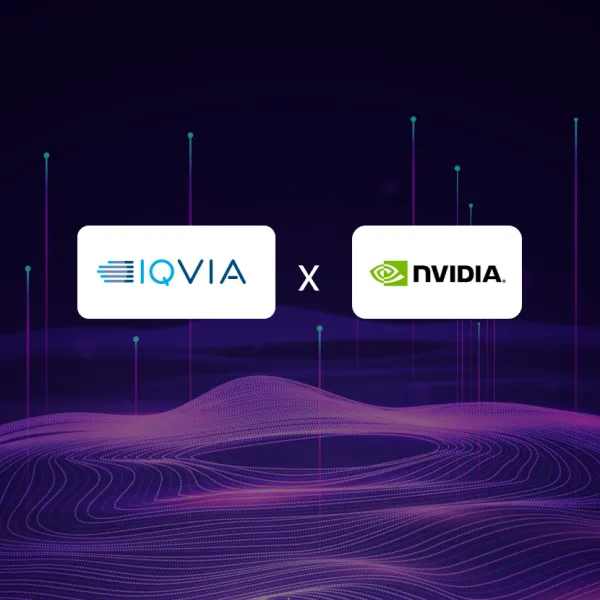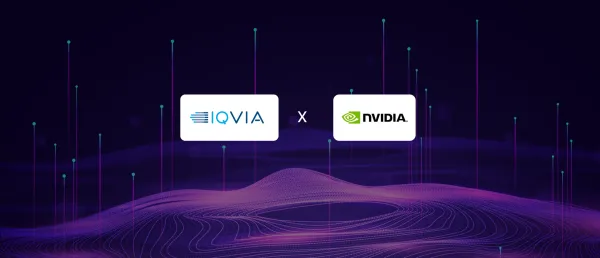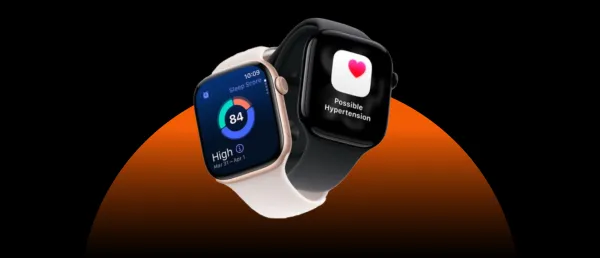Why Remote Patient Monitoring is Key to Expanding Patient Care Beyond Hospital Walls

India’s healthcare system is at an inflection point. Hospitals are stretched thin, chronic diseases are on the rise, and millions, especially in rural areas, struggle to access timely medical care. The traditional model, where healthcare is largely confined within hospital walls, is no longer sustainable. Patients with diabetes, hypertension, or those recovering from surgery don’t always need to be in a hospital bed, but they do need consistent monitoring. This is where Remote Patient Monitoring (RPM) is quietly reshaping the way care is delivered.
Remote Patient Monitoring uses connected devices, AI-powered analytics, and real-time data sharing to track patient health outside clinical settings. A person recovering from heart surgery can have their vitals monitored from home, while a doctor in a metro hospital can track a diabetic patient in a small town without them traveling miles for a routine check-up.
Unlock the Future of Digital Health — Free for 60 Days!
Join DHN Plus and access exclusive news, intelligence reports, and deep-dive research trusted by healthtech leaders.
Already a subscriber? Log in
Subscribe Now @ ₹499.00Stay tuned for more such updates on Digital Health News





